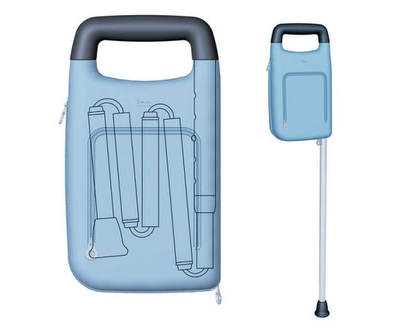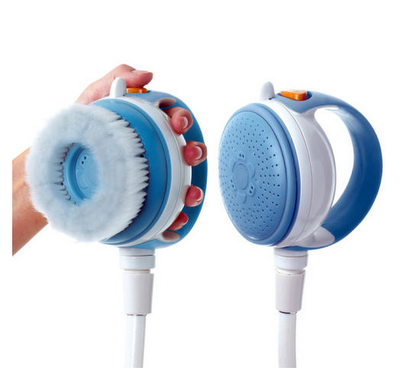If you’re new here, you may want to subscribe to my RSS feed to receive the latest Architectradure’s articles in your reader or via email. Thanks for visiting!
But how, Donald, tell us how?: on the creation of meaning in interaction design through feedforward and inherent feedback
In Section 06: objects in space: But how, Donald, tell us how?: on the creation of meaning in interaction design through feedforward and inherent feedback By Tom Djajadiningrat, Kees Overbeeke, Stephan Wensveen
June 2002, Proceedings of the conference on Designing interactive systems: processes, practices, methods, and techniques. Publisher: ACM Press.
Abstract is below.
In recent years, affordances have been hailed by the interaction design community as the key to solving usability problems. Most interpretations see affordances as ‘inviting the user to the right action’. In this paper we argue that the essence of usability in electronic products lies not in communicating the necessary action and instead shift our attention to feedforward and inherent feedback. With feedforward we mean communication of the purpose of an action. This is essentially a matter of creating meaning and we discuss two approaches to do so. With inherent feedback we try to strengthen the coupling between the action and the feedback. The sensory richness and action potential of physical objects can act as carriers of meaning in interaction. We thus see tangible interaction as indispensable in realizing feedforward and inherent feedback. We illustrate our ideas with examples from our teaching and research.












